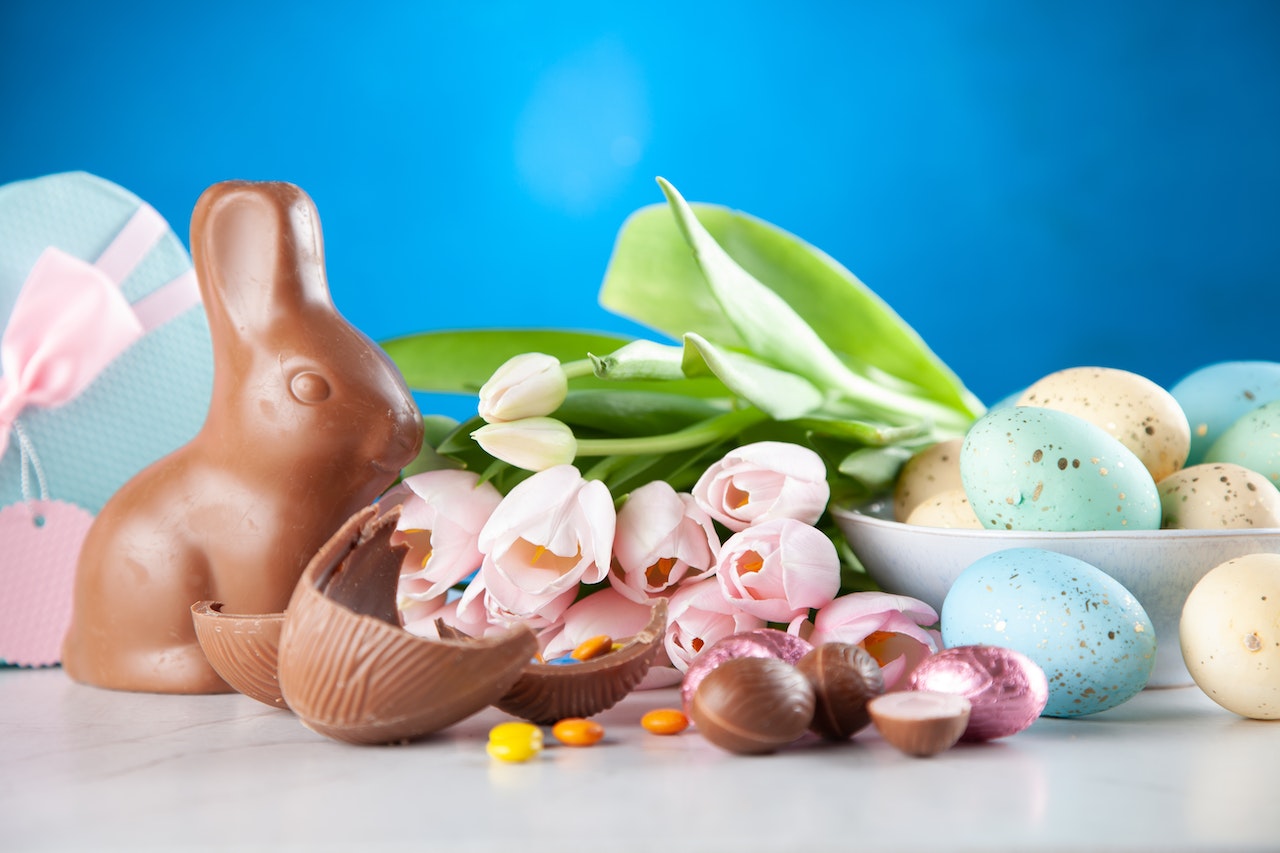 12 Apr 2022
12 Apr 2022
Easter is a widely celebrated holiday with various customs and traditions observed around the world. In this article, we delve into the origins of these Easter traditions, exploring their historical roots and the symbolism they hold. Gain a deeper appreciation for the holiday by understanding the fascinating stories behind Easter eggs, the Easter Bunny, Easter baskets, hot cross buns, and Easter parades.
Contents
The Origins of the Easter Holiday
Easter is a Christian holiday celebrating the resurrection of Jesus Christ from the dead, as described in the New Testament. However, many Easter customs and symbols have their roots in pre-Christian, pagan traditions that marked the arrival of spring and the renewal of life.
The name “Easter” is believed to have been derived from the Anglo-Saxon goddess Eostre, who symbolised fertility and the dawn. As Christianity spread, it was common for new converts to maintain some of their previous cultural practices, resulting in a blend of Christian and pagan traditions that have evolved into the modern Easter celebrations we know today.
Easter Eggs: Symbolism and Traditions
Eggs have long been considered symbols of fertility, rebirth, and new life, making them a fitting emblem for the spring season. Decorating eggs as part of the Easter celebration dates back to the early Christian communities. They would stain eggs red, symbolising the blood of Christ, and then exchange them as gifts.
Today, the tradition of decorating eggs has expanded to include a variety of colours, patterns, and even materials. Egg painting, dyeing, and carving are popular practices in different cultures, with each boasting its own unique style and techniques.
The Easter Bunny: A Furry Deliverer of Easter Joy
The Easter Bunny, often depicted as a rabbit delivering eggs and treats to children, has its origins in German folklore. Rabbits were associated with Eostre and fertility due to their prolific breeding habits. As German immigrants settled in the United States, they brought with them the tradition of the “Osterhase” or “Easter Hare,” which would lay colourful eggs for well-behaved children to find.
Over time, the Easter Bunny became a beloved character in popular culture, making its way into children’s stories, songs, and even movies.
Easter Baskets: A Colourful Collection of Treats
The custom of using baskets to collect Easter eggs likely originated from the German tradition of the Easter Bunny. Children would prepare nests, often made of grass or other materials, to hold the eggs and treats the Easter Bunny would bring. As the tradition evolved, nests were replaced by baskets filled with colourful eggs, candies, and toys. Today, Easter baskets come in a wide range of designs and styles, and they continue to delight children and adults alike.
Hot Cross Buns: A Tasty Easter Staple
Hot cross buns, sweet spiced rolls adorned with a cross on top, are a traditional Easter treat with roots in Christian symbolism. The cross represents the crucifixion of Jesus, while the spices used in the recipe are said to symbolise the spices used to embalm his body.
The custom of baking hot cross buns on Good Friday dates back to the 12th century when an Anglican monk placed a cross on the buns to honour the holy day. The tradition has persisted through the centuries, and hot cross buns are now enjoyed by many during the Easter season.
Easter Parade: Celebratory Processions
Easter parades, which involve people dressing up in their finest attire and parading through the streets, can be traced back to early Christian traditions. After attending Easter church services, worshippers would participate in processions through the streets as a public demonstration of their faith.
In modern times, Easter parades have become more secular and festive, featuring elaborate floats, marching bands, and performers. One of the most famous Easter parades takes place in New York City, showcasing a diverse array of extravagant costumes and creative displays that attract spectators from all over the world.
Conclusion
The rich tapestry of Easter traditions we celebrate today is a testament to the blending of ancient pagan customs with Christian symbolism. From the vibrant colors of Easter eggs to the enticing aroma of hot cross buns, these customs have evolved over time to create a holiday that is cherished by many. By understanding the origins of Easter traditions, we can appreciate the deeper meanings behind these beloved symbols and practices, allowing us to fully embrace the spirit of renewal and rebirth that the holiday represents.




